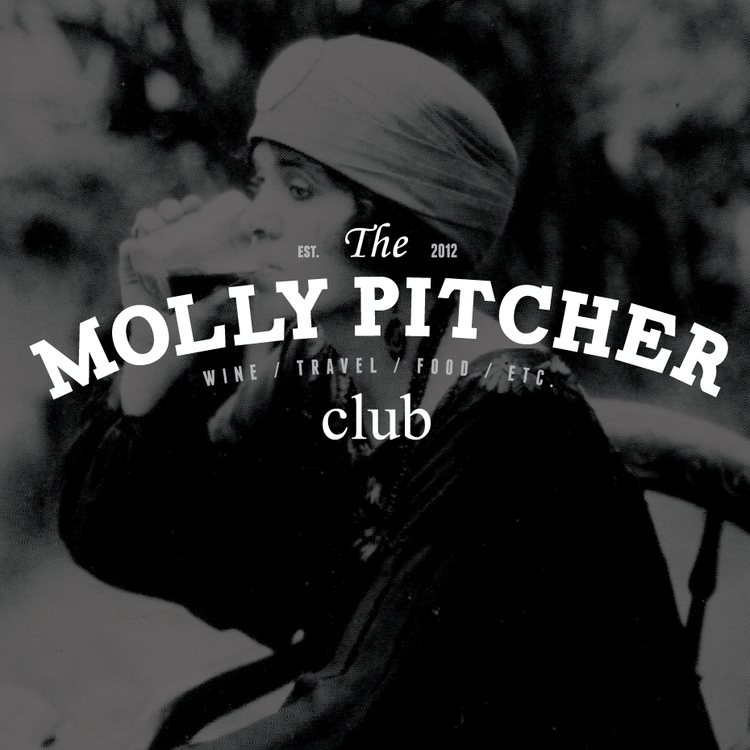Picture from ACBF - can you
spot the awesome yellow pants?
American Craft Beer Fest:
With my first weekend in Boston, I decided visit the American Craft Beer Fest. Per the event handout, the ACBR is the "largest and most diverse celebration of American craft beer on the east coast." And they weren't lying - there were over 140 brewers there, serving 4-6 beers. So I grabbed my glass and started tasting as many beers as I could in the three hours I had.
Ranking System:
As I started ranking beers, it became quickly obvious that I needed to create a ranking system. So with the help of a few friends, we used the following (not-so-scientific) system:
- Beers that drink like One Direction sounds (lowest)
- Meh
- I'd have another but...
- Beers that are awesome like a black skirt - goes with every occasion!
- "Dance on the ceiling" good! (highest)
My Tasting Card:
In three short hours, I was able to taste beer from 22 different breweries. The results below are listed by brewery, beer type and score:
Relic Brewing Co.
(Plainville, CT), Madeline Belgian Blonde - 4
Mayflower Brewing Co.
(Plymouth, MA), Pale Ale - 2
The People's Pint
(Greenfield, MA), Wheelman's Wheat - 3
*Night Shift Brewing
(Everett, MA), Snow American Stout - 4.5
White Coffee Stout with great texture and I really enjoyed the coffee taste.
Moat Maintain Smoke House & Brewing Co.
(North Conway, NH) Matilda's Red Ale - 2
Idle Hands Craft Ales
(Ipswich, MA), Triplication - 3.5
*Enlightenment Ales
(Lowell, MA), Enlightenment Brut (Biere De Champagne) - 3.5
Definitely a floral scent and complex beer.
Kennebec River Brewery
(The Forks Pit, ME), Summer Ale - 2
Whitewater Wheat - 4
Port Jeff Brewing Co.
(Port Jefferson, NY), White's Beach Wit - 1
Party Boat IPA - 2
Mystic Brewery
(Chelsea, MA), Welkin Ringer (E.S.B.) - 3.5
Long Trail Brewing Co.
(Bridgewaters Corners, VT), Maple Maibock - 4
Otter Creek Brewing
(Middleberry, VT), Copper Ale - 4
*Clown Shoes
(Ipswich, MA), Barley Wine - 5
Redhook Brewery
(Portsmouth, NH), Wise-cracker - 3
Anderson Valley Brewing Co
(Boonville, CA), Wild Turkey Burbon Barrel Stout - 4
Somerville Brewing Co. (Slumbrew)
(Somerville, MA), Happy Sol Hefeweizen - 3.5
Wachusett Brewing Co.
(Westminster, MA), Blueberry - 2.5
Smuttynose Brewing Co.
(Portsmouth, NH), Short Batch #11 - 2.5
Green Flash Brewing Co.
(Denver, CO), San Diego Saison - 4
Sixpoint Brewery
(Brooklyn, NY), Apollo Kristalweizen - 2
*Maine Beer Co.
(Portland, ME), Mo Ale - 5 This beer was great, definitely worth finding and trying again!
If the brewery is starred above - its definitely worth seeking out at your local store! Happy tasting!
Cheers!













